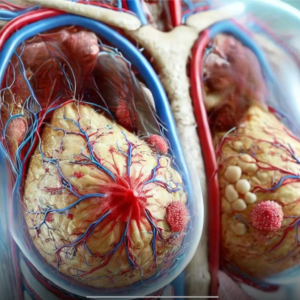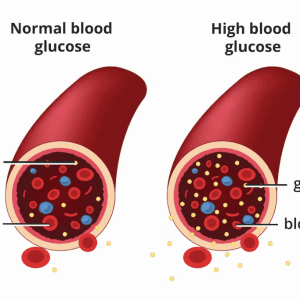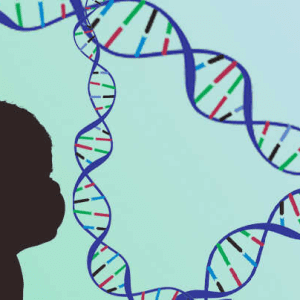As temperatures drop, many people find themselves reaching for lip balm more frequently. Dry, cracked lips are a common complaint during the colder months, but what if your chapped lips aren’t just a reaction to the weather?
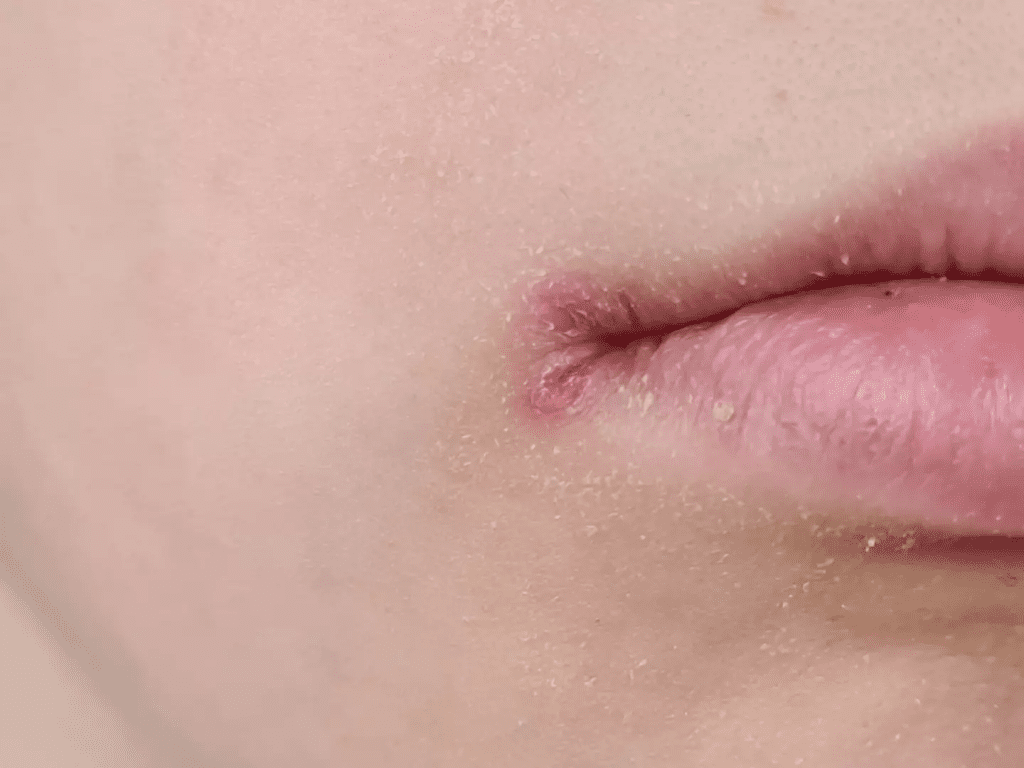
Health experts warn that persistent chapped lips may indicate an underlying health issue, such as a bacterial or fungal infection. If your lips remain dry and cracked no matter how much balm you apply, it might be time to take a closer look at what’s really going on.
Why Do Lips Get Chapped in Cold Weather?
Chilly air, low humidity, and indoor heating strip moisture from the skin, leaving lips vulnerable to dehydration. Since the lips lack oil glands, they dry out faster than other parts of the body.
Video:
5 Things Your LIPS Can Tell You about Your Nutritional State
Common causes of winter-induced lip dryness include:
- Cold and windy outdoor conditions
- Overexposure to indoor heating
- Frequent lip licking, which worsens dryness
- Dehydration from inadequate water intake
- Use of irritating lip products with artificial fragrances or flavors
For many, applying lip balm and staying hydrated solves the issue. But if your lips remain cracked and irritated, something else may be at play.
When Chapped Lips Are More Than Just Dryness
If your lips feel constantly sore, cracked, or develop sores at the corners, you could be dealing with angular cheilitis—a condition that occurs when bacteria or yeast infect tiny cracks in the skin.
What Is Angular Cheilitis?
Angular cheilitis causes redness, swelling, and painful cracks at the corners of the mouth. Unlike standard chapped lips, this condition doesn’t improve with lip balm and can worsen without proper treatment.
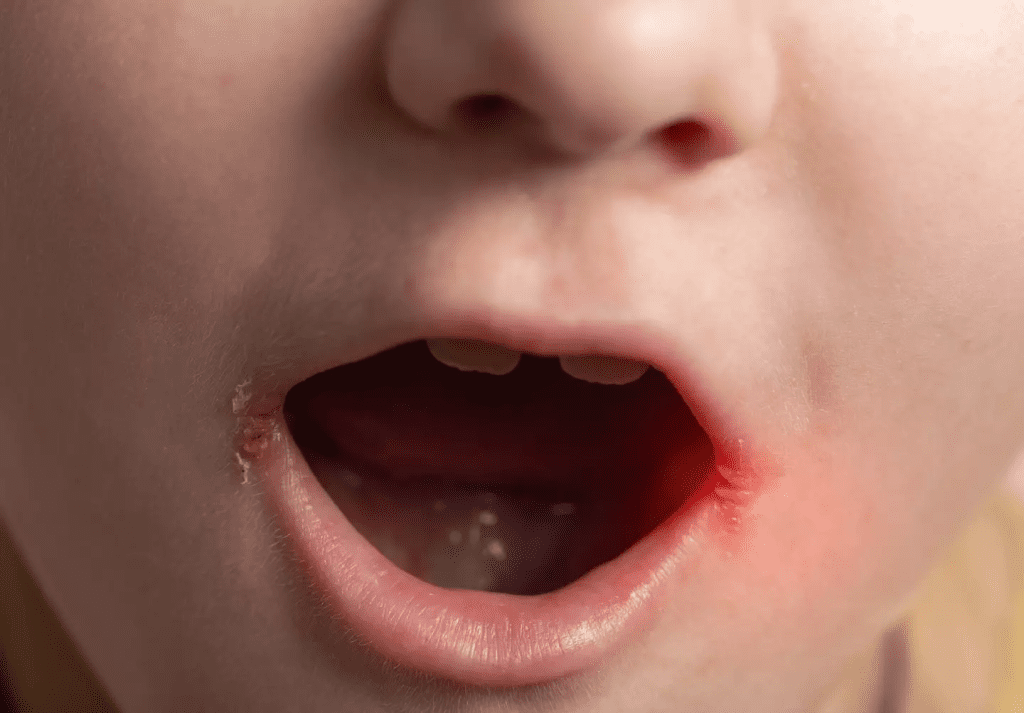
According to Dr. Joyce Kahng, a leading dentist in California, two primary culprits are responsible for this condition:
- Bacterial Infection (Staph Bacteria): When bacteria invade cracked skin, they trigger painful inflammation and sores.
- Fungal Infection (Candida Yeast): Yeast thrives in moist environments, making the corners of the mouth an ideal breeding ground.
Both infections can worsen if left untreated, making early intervention crucial.
Why Lip Balm Alone Won’t Fix the Problem
When lips feel dry, most people instinctively apply chapstick or lip balm. While this may provide temporary relief, it won’t cure an infection.
Dr. Kahng warns that lip balm can actually trap bacteria and fungi, allowing them to multiply. Instead of healing the cracks, you may unintentionally be making the problem worse.
How to Properly Treat Angular Cheilitis
If you suspect an infection is causing your chapped lips, taking the right steps can speed up healing and prevent further irritation.
1. Identify the Cause
- If it’s fungal: Use an over-the-counter antifungal cream like Clotrimazole.
- If it’s bacterial: A doctor may prescribe a topical antibiotic ointment to clear the infection.
2. Create a Moisture Barrier
- Apply petroleum jelly (Vaseline) or an unscented barrier cream after treatment.
- Unlike chapstick, petroleum jelly seals in moisture and protects against further irritation.
3. Avoid Bad Habits
- Stop licking your lips. Saliva creates a moist environment where bacteria and yeast thrive.
- Switch to a mild, unscented lip balm. Some flavored or mentholated balms can worsen irritation.
If symptoms persist for more than two weeks, seek medical attention to rule out deeper infections or other conditions.
Video:
How To Fix Your Chapped Lips?
Could Nutritional Deficiencies Be to Blame?
Sometimes, chapped lips don’t stem from external factors like cold weather or infections. A lack of essential nutrients can also cause persistent dryness and cracking.
Deficiencies in the following vitamins and minerals may contribute to chapped lips:
- Iron: Low iron levels weaken the skin and slow healing.
- Vitamin B12: A deficiency can cause cracked lips, especially at the corners.
- Zinc: Essential for skin repair and immune function, zinc deficiencies can lead to slow-healing cracks.
If you frequently experience cracked lips despite using lip balm and staying hydrated, consult a healthcare provider for bloodwork to check for deficiencies.
Winter Lip Care Tips for Preventing Dryness
If your lips are simply suffering from winter dryness and not an infection or deficiency, following these simple steps can keep them soft and healthy.
- Drink plenty of water to stay hydrated from the inside out.
- Use lip balm with SPF to protect against sun damage, even in winter.
- Exfoliate gently with a soft toothbrush or sugar scrub to remove dead skin.
- Avoid flavored or scented lip products that may irritate sensitive lips.
- Use a humidifier indoors to counteract the drying effects of indoor heating.
When to See a Doctor About Chapped Lips

Most cases of chapped lips improve with proper care, but in some instances, a deeper issue may require medical attention.
Consider seeing a healthcare provider if you experience:
- Persistent cracks or sores that won’t heal
- Bleeding or painful swelling around the mouth
- Recurring infections or severe irritation
- Other symptoms like fatigue, dizziness, or mouth ulcers (which may indicate a nutritional deficiency)
Conclusion: Don’t Ignore Persistent Chapped Lips
Chapped lips are common in winter, but when they don’t heal with basic care, they may be signaling something more serious. Whether it’s a bacterial or fungal infection, a nutrient deficiency, or an underlying skin condition, identifying the root cause is essential for proper treatment.
While lip balm helps minor dryness, it won’t fix infections or underlying health issues. If your lips remain cracked and irritated despite your best efforts, don’t ignore the signs—seek medical advice and address the problem at its source.
Your lips deserve more than just temporary relief—give them the care they truly need!
